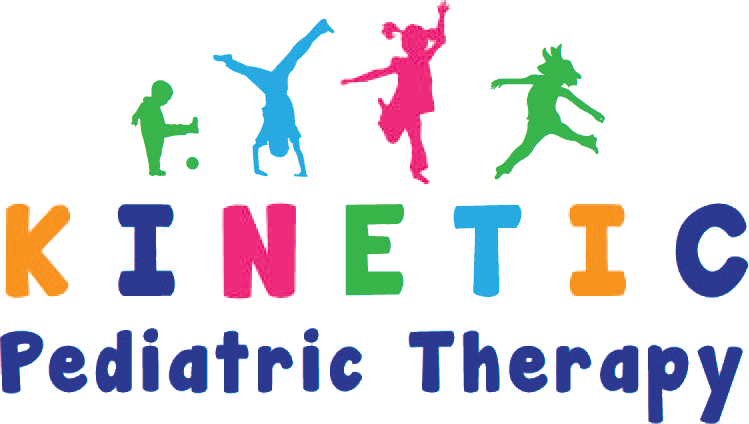
Understanding School-Based Occupational Therapy
What is School-Based Occupational Therapy?
School-based occupational therapy plays a crucial role in helping students succeed in academic and social settings by improving their fine motor skills, sensory processing, self-regulation, and daily functional abilities. This specialized therapy is designed to assist students who face challenges in participating in classroom activities, managing social interactions, or developing the necessary skills for academic success. Through targeted interventions, occupational therapy ensures that students receive the support they need to reach their full potential.
The Role of School-Based Occupational Therapy in Student Success
School-based occupational therapy focuses on addressing students’ physical, cognitive, and sensory needs to improve their ability to engage in school tasks effectively. By working closely with teachers, parents, and other professionals, occupational therapy helps students develop the skills necessary for handwriting, self-care, classroom participation, and peer interactions.
Key Areas Addressed by School-Based Occupational Therapy
Fine Motor Skill Development
Many classroom activities, such as writing, cutting, and manipulating small objects, require well-developed fine motor skills. School-based occupational therapy provides targeted exercises and interventions to improve students’ dexterity, grip strength, and hand-eye coordination.
Sensory Processing and Self-Regulation
Some students struggle with sensory sensitivities that affect their ability to concentrate in a classroom setting. Occupational therapy helps students regulate sensory input, whether they are overly sensitive to sounds, textures, or movement, ensuring they can focus and participate effectively in school activities.
Executive Functioning Skills
Executive functioning refers to the cognitive processes that enable students to plan, organize, and complete tasks. School-based occupational therapy provides strategies to help students manage their time, stay organized, and follow multi-step directions.
Social and Emotional Development
Interacting with peers and understanding social cues is essential for school success. Occupational therapy teaches students how to navigate social situations, express emotions appropriately, and develop meaningful relationships with classmates.
The Benefits of School-Based Occupational Therapy
School-based occupational therapy offers numerous advantages for students, educators, and families. By integrating therapeutic strategies within the school environment, students can make continuous progress while receiving the support they need to overcome challenges.
Enhancing Academic Performance
Students who struggle with writing, attention, or classroom participation often experience frustration and decreased confidence. Occupational therapy provides individualized interventions that help students strengthen their academic skills and improve their overall classroom engagement.
Promoting Independence in Daily School Activities
From tying shoelaces to organizing school supplies, students need to develop independent living skills to navigate their school environment successfully. School-based occupational therapy helps students become more self-sufficient in managing their daily routines.
Supporting Emotional and Behavioral Regulation
Students with sensory sensitivities or difficulty with impulse control may find it challenging to stay focused and follow classroom rules. Occupational therapy incorporates calming techniques, movement breaks, and self-regulation strategies to help students manage their emotions and behavior effectively.
How School-Based Occupational Therapy is Implemented
The process of providing school-based occupational therapy typically follows a structured approach that includes assessment, intervention, and collaboration with educators and families.
Step 1: Identification and Referral
Teachers or parents may notice that a student is struggling with tasks such as handwriting, following directions, or participating in group activities. A referral to occupational therapy is then made for further evaluation.
Step 2: Evaluation and Goal Setting
A licensed occupational therapist assesses the student’s abilities and challenges through observation, standardized tests, and teacher input. Based on the findings, an individualized intervention plan is developed.
Step 3: Direct and Indirect Therapy Services
School-based occupational therapy may involve direct one-on-one sessions, small group activities, or indirect interventions such as teacher consultation and classroom modifications.
Step 4: Ongoing Monitoring and Adjustments
Progress is continuously tracked to ensure that students receive the appropriate level of support. Adjustments to the therapy plan are made as needed to address changing student needs.
Integrating Occupational Therapy into the Classroom
One of the key advantages of school-based occupational therapy is that it allows therapists to work within the classroom environment to create tailored strategies for student success.
Classroom Modifications and Accommodations
Simple changes, such as adaptive seating, alternative writing tools, or visual schedules, can make a significant difference in a student’s ability to learn and participate. Occupational therapy helps implement these modifications to support individual learning styles.
Teacher Collaboration and Training
Educators play a critical role in reinforcing the strategies developed by occupational therapists. Regular collaboration ensures that teachers have the knowledge and tools to support students effectively.
Peer Interaction and Group Activities
Facilitating peer-based learning opportunities allows students to practice social and motor skills in real-world settings. Group activities, such as cooperative games and interactive learning exercises, promote engagement and skill development.
The Long-Term Impact of School-Based Occupational Therapy
School-based occupational therapy provides students with the tools they need to overcome challenges and thrive in their educational journey. By improving motor skills, self-regulation, and social development, students gain confidence and independence that extends beyond the classroom.
Schools that integrate occupational therapy into their support services create an inclusive environment where all students have the opportunity to reach their full potential. The impact of these interventions can lead to increased academic achievement, improved self-esteem, and enhanced lifelong skills.
Understanding the value of school-based occupational therapy is essential for ensuring that students receive the support they need to succeed. By addressing fine motor skills, sensory processing, executive functioning, and social development, occupational therapy empowers students to overcome challenges and participate fully in their educational experience. Schools that implement these services provide a pathway for students to build confidence, develop independence, and achieve their academic and personal goals.
👐 Help your students develop essential life skills with expert Occupational Therapy! Kinetic Pediatric Contract Therapy offers specialized Occupational Therapy services tailored to the unique needs of children in schools across North Carolina. Our therapists work closely with educators and families to support children in building the fine motor, sensory, and self-care skills they need to succeed in both the classroom and daily life. 🌟 Empower your students to thrive—bring our Occupational Therapy services to your school today and provide them with the tools for lasting success!
Please Share




